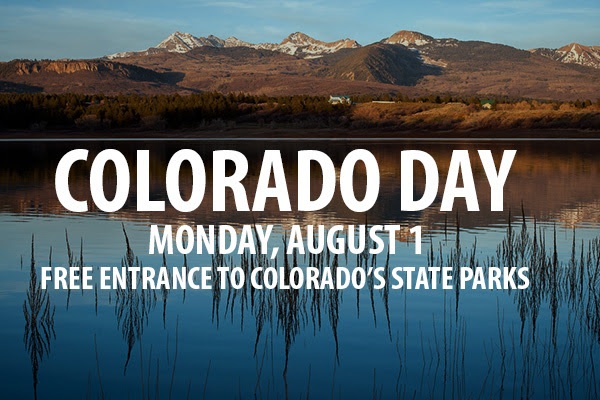
Tom Jonas’s regional maps are first-rate.

The dust jacket design is visually striking. The book features solid production values. Even more important, he has constructed a fresh and original narrative that engages the reader in an easygoing and accessible style. Speaking of Texas, although the Lone Star State is not one of the author’s case studies, this work presents intriguing perspectives on Texas’s borders with Arkansas, New Mexico, and Louisiana.Įverett’s scholarship is impressive, and he demonstrates an excellent command of the subject matter throughout.

Consider Texas with its massive size and iconic shape. Borders also shape regional identity and pride. Far more than faded lines on a map, these boundaries continue to impact numerous communities and groups on a number of issues, including water rights, taxes, labor, and commerce. Above all, “Americans who came to occupy the West shared a desire to transform this immense region by re-creating the political institutions they knew east of the Mississippi River” (7).Īs Everett points out, state boundaries are still important today. Economics and politics (both local and national) also influenced the process. Geometric meridians and parallels shaped many of the borders between states. Case studies include Arkansas, Missouri, Iowa, Oregon, California, Nevada, New Mexico, Colorado, and the Dakotas. Everett argues for yet another branch of borderlands studies, that of “ intranational borderlands,” or “the frontiers within the United States” (221).Įverett, an adjunct professor at Colorado State University and Metropolitan State University of Denver, has written a lively and engaging study that examines the process of creating states in the trans-Mississippi American West, and more specifically, the delineation of their boundaries. In his new work, Creating the American West: Boundaries and Borderlands, Derek R. Areas of inquiry in American history have expanded to include borders between European and American empires and American Indians, borders between states and Indian reservations, and even borders between various American Indian tribes. In academia, the field of borderlands studies has grown rapidly grown since the 1990s and now encompasses a broad variety of topics.


The United States’ boundaries with Canada and Mexico are common examples. When one thinks of borders in the American West, international boundaries often come to mind.


 0 kommentar(er)
0 kommentar(er)
